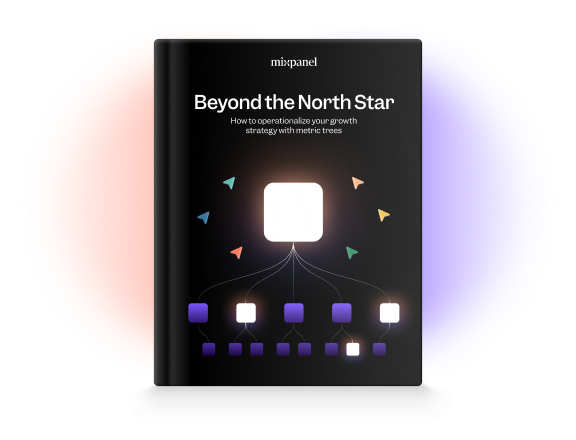What is a power user?
How do you spot power users?
Power users are the individuals that interact with your product the most when compared to other customers. The definition of a power user will vary by industry and company for example, a Finance company may define their power user as someone who logs in 2x a week, while a consumer tech app may expect their powers users to sign in multiple times a day.
You can use engagement metrics to identify users who are getting repeated value out of your product, in an attempt to replicate those behaviors in new and resurrected users. Behavioral analytics gives you an in-depth view of all the ways users are interacting with your product beyond understanding DAU, WAU, MAU. Creating behavioral segments will tell you how different types of users interact with your product, the frequency of use, and what keeps them coming back. Retainment is crucial when you’re analyzing power users — these are the users you want to stick around as long as possible.
By tapping into your community of power users, you will see a boost in NPS scores, all while developing products and services that help you win over more users.
Why are power users important?
Power users bring your company value in a number of ways. For starters, they have high lifetime value (LTV) and you can count on power users for repeat purchases that directly drive revenue growth. The more quickly you can discover how power users are engaging with your product, the easier it will be to attract more of them.
But power users are at their most impactful when they make their network your network. They are usually the first to sing your praises and leave a glowing review or recommend your business to their Twitter feed, family, or friends. Their enthusiasm becomes a powerful source of new business.
Power users with recurring engagement tend to be users that love a brand and remain loyal to it over the long term. These users have formed strong habits that push them to grow alongside your product. They’ll be the first to let you know if a new feature is or isn’t working and what can be done to make a product even better.
How many power users do I have?
The power user curve is aimed at giving companies an effective measure of user engagement and is an alternative approach to measuring monthly active users.
A power user curve can be calculated across any range of time that is most relevant to your product. The first step is to identify a goal event that you expect your active users to complete. This could range from something broad, such as expecting a user to log into your app, to a more specific activity such as expecting a user to navigate to a defined page, or add an item to their cart. For a product that expects daily user activity, the goal would be to identify which users are doing the goal event every day for 30 days. Usually, you will find that most users complete the goal once or twice, whereas your power users complete the goal 30 out of the 30 days.
Let’s look at an example:
Company A has 1000 users. A total of 200 users are active on only one day. So the measurement for one day is 20%. There are also 150 users that were active for two days out of the 30. So two days measures in at 15%. Things drop off with only 75 users active three days out of the month for a total of 7.5% of the overall user base.
Activity levels out between days 10 and 20, and then the numbers start to go back up — not as high as the start of the curve (day 1, day 2, etc.) but it’s back up to 7.5% for 30 days of active use. These are your power users — the users that are active 30 out of 30 days. And keep an eye on the users in the 25-29 days range as potential power users that are heavily engaged.
The power user curve bar graph provides a visual representation of how engaged the entire user base is by bucketing users based on the number of days they were active. In most cases, there’s a left-leaning curve, right-leaning curve or a curve in the shape of a smile (higher at the beginning and end of the range and lower in the middle).
- The left-leaning curve indicates that most users are active fewer days out of the month and there are very few, if any, power users.
- A right-leaning curve shows that the majority of users are active at least 15 of the 30 days.
- A smile curve is also positive, as it indicates daily activity outpaces some lower totals–meaning there is a group of power users.
Business models that aren’t based on daily engagement might see a left-leaning curve, where power users visit a couple of times a week, and a good portion of users are active around 10-12 days a week.
B2B products and SaaS products that are used in the workplace may use a power user curve adjusted to gauge seven days of use rather than 30 days.
The power user curve can provide instant insight, but looking at the data over time is even more powerful. Comparing data month-over-month will tell you if the number of power users is growing, which suggests engagement is improving or users are losing interest. Using cohort analytics, you can identify changes that encourage or discourage frequent use. You can also rank different user segments by their level of engagement.
Final thoughts
Power users bring value through recurring revenue, user feedback, and strong brand advocacy to their networks. The goal is to grow, or at the very least retain, your power users so you can continuously tap into their potential.


